Description
Geisha is an Ethiopian strain of coffee, brought to Central America over the last 15-20 years. Unique stuff, adopts some attributes from the country of origin but is always known for its more floral versus tea like spice attributes normally seen in coffees like an Ethiopian Yirgacheffe. Usually a very expensive bean being so low yield but being such good friends with Selva Negra, they have kept the price basically the same as all the other strains for the first season release of just Geisha!
Nicaraguan Selva Negra coffee is cultivated in the most ecologically sustainable and socially responsible way possible. Learn more by reading our Selva Negra Grower Profile.
San Felipe:
Selva Negra has owned a small section of land called San Felipe for a while, highest altitude parcel on the farm but due to its steep slope and slight separation from the other lots, it was never farmed. 8 years ago, Mausi (owner of Selva Negra) was able to get her hands on a few Geisha beans. After they were able to plant these and then get a few harvests, they had enough seeds to plant about 500 trees on the highest altitude section of San Felipe. As Geisha is not known for its high yields, they planted the rest of the plot with their best Caturra.
They matched the Geisha tree with Caturra, for Selva Negra supplied the SE Roasters Guild with single varietal samples from different altitudes. The guild found the most impressive difference when tasting was the Caturra between low grown , middle mountain grown, and then high grown. It was like flavors got exponentially better as the altitude was increased, so this strain was the best choice for the higher elevations of the field to grow next to the Geisha.
This is the first year they separated the Geisha harvest from the Caturra. The now 8 year old trees finally produced enough cherry to throw off its own micro-lot.
Tasting Notes:
Great light to medium roast coffee. Although we have carried the San Felipe lot for years, having the Geisha separate this season has brought a ton of new tastes. East to tell the difference when compared to the other strains Selva Negra grows. Best at the light to medium roast level, these beans have a bit more acidity than anything else from Selva Negra. The cup is very floral and citric especially at lighter roasts. Not quite jasmine floral, a little more traditional citric, but very tasty; delicate and sweet edged. Where one can see the prime Geisha attributes is in the darker tones of the cup, black tea spice jumps right out. Light roasts are heavy on the citric and floral balanced just a touch of tea like spice with herbal overtones. Medium roasts are where most will want to shoot, defined tea like spice with some sweet crisp floral upfront. Darker roasts turn a bit plain, still very drinkable but not much uniqueness.
Roasting Notes:
Easy to roast, great prep on the beans and roasts pretty even. We would shoot for a medium roast at first and go lighter or darker to your preference. Medium to low chaff. Setup helps smooth out the cup especially if shooting for a pretty light roast. Medium to dark roasts were great even 12 hours after roasting.
Selva Negra’s history is in many ways the history of the coffee in Nicaragua altogether. In the 1880’s the Nicaraguan government invited young German immigrants to come and settle in Nicaragua in order to promote coffee growing in the northern highlands. Many accepted the offer, thus forming the main coffee plantations of the country; some estates bear names of their motherlands. Selva Negra means Black Forest, and the coffee estate is called La Hammonia, Latin for Hamburg. Located approximately 4,000 ft. above sea level, La Hammonia has been producing fine old style Arabica coffee for over 100 years. Eddy Kühl & Mausi Kühl-Hayn, the farm’s proprietors are descendants of two of these original German immigrants – Alberto Vogl and Klaus Kühl.
Selva Negra Estate Coffee is grown at a high altitude in a shaded environment. This allows the bean to have a slow development cycle which instills an intense and fulfilling flavor to each bean. The coffee is not only 100% Arabica, but more importantly it is mostly Bourbon and Typica strains (which produce higher quality beans than other varieties of coffee trees). The region of Matagalpa, Nicaragua is mountainous with excellent volcanic soil producing exceptional beans. Finally, the coffee is prepared using an environmentally friendly washing process, which gives the coffee still one more unique quality enhancing aspect.
Selva Negra means Black Forest – beyond the coffee trees below you can see why.

A great example of a good looking production tree and how the fruit ripens at different times – this is what makes hand picking so necessary for good coffee.
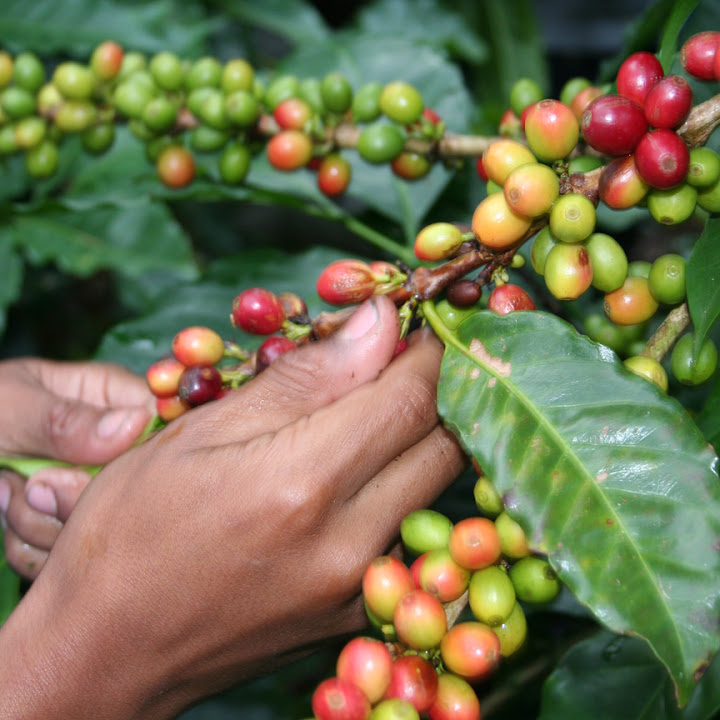
After a hard day of picking…

Finally the reception – every afternoon of picking all the workers gather for the cherry reception – this is where the work for the day will be logged and the start of the processing for the cherry. Normally workers get paid by volume but many farms bonus on quality – too many damaged/under-ripe beans in the pick is bad for everyone
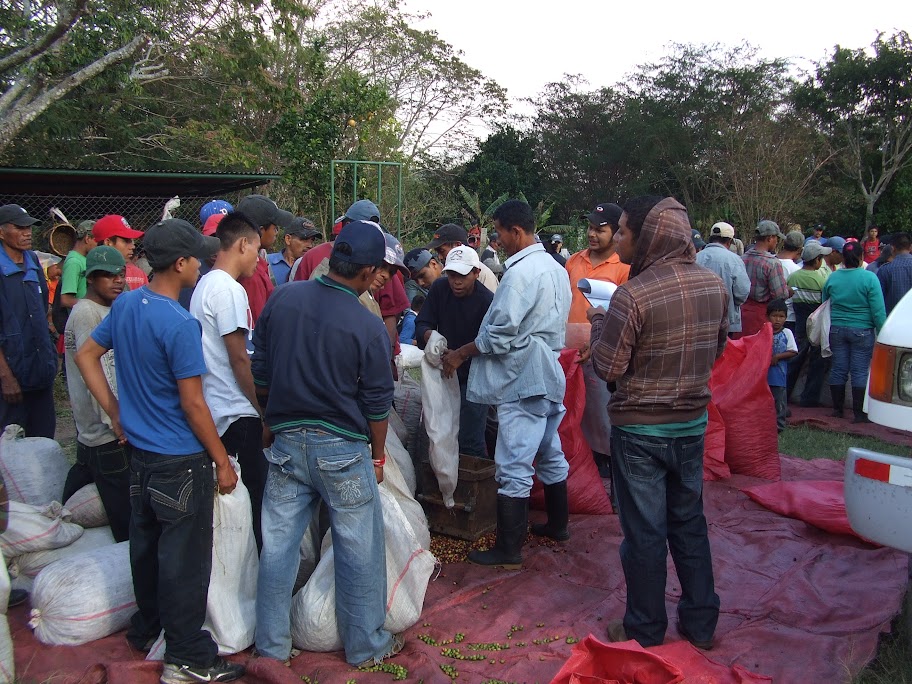
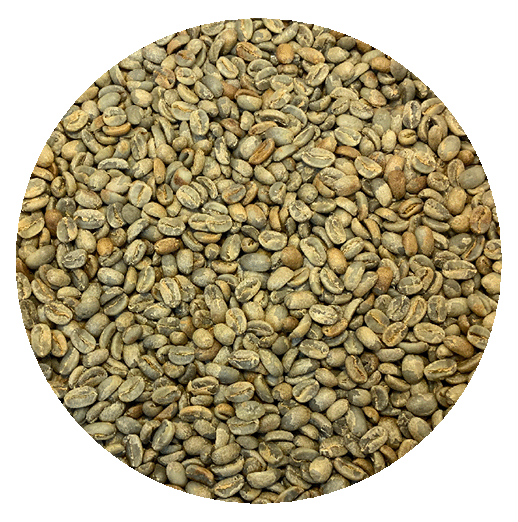
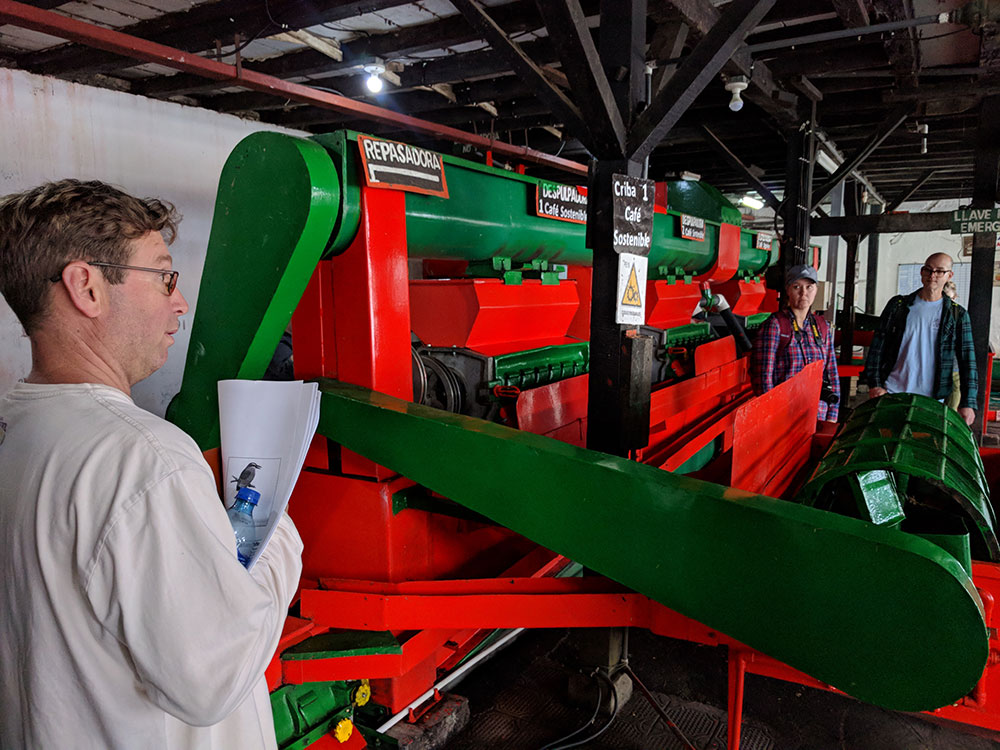
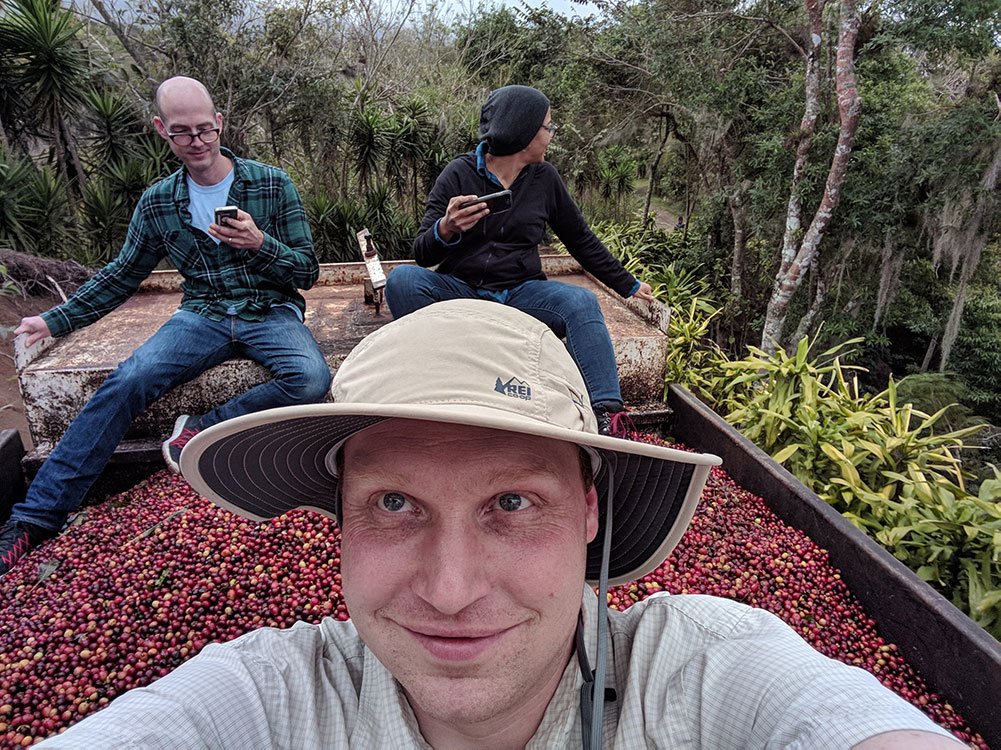
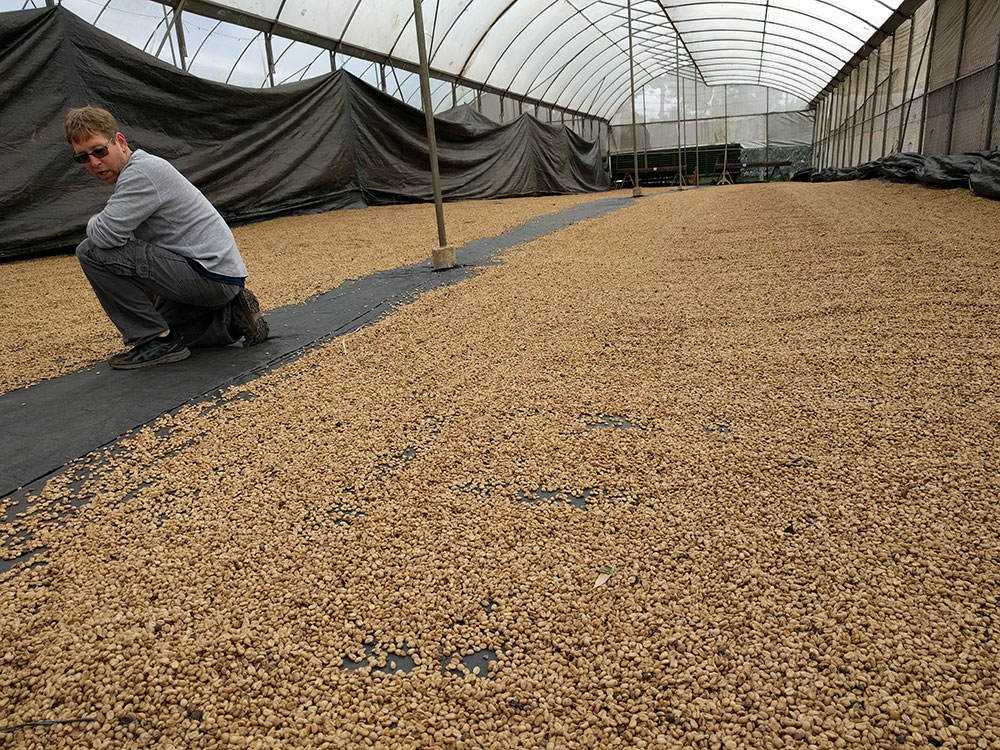
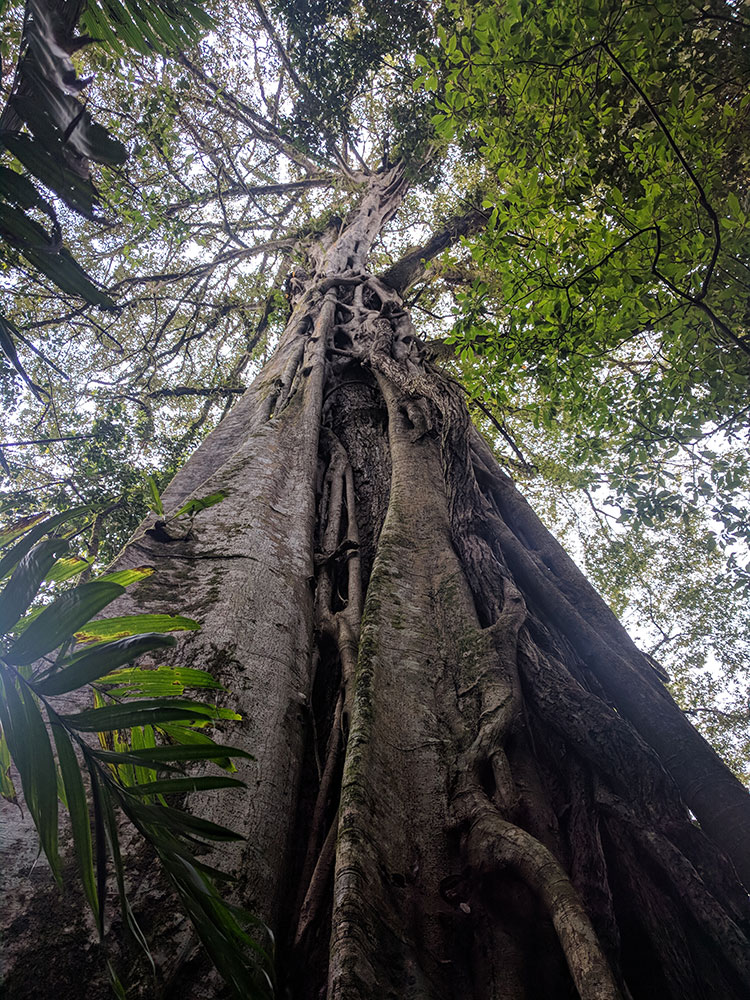
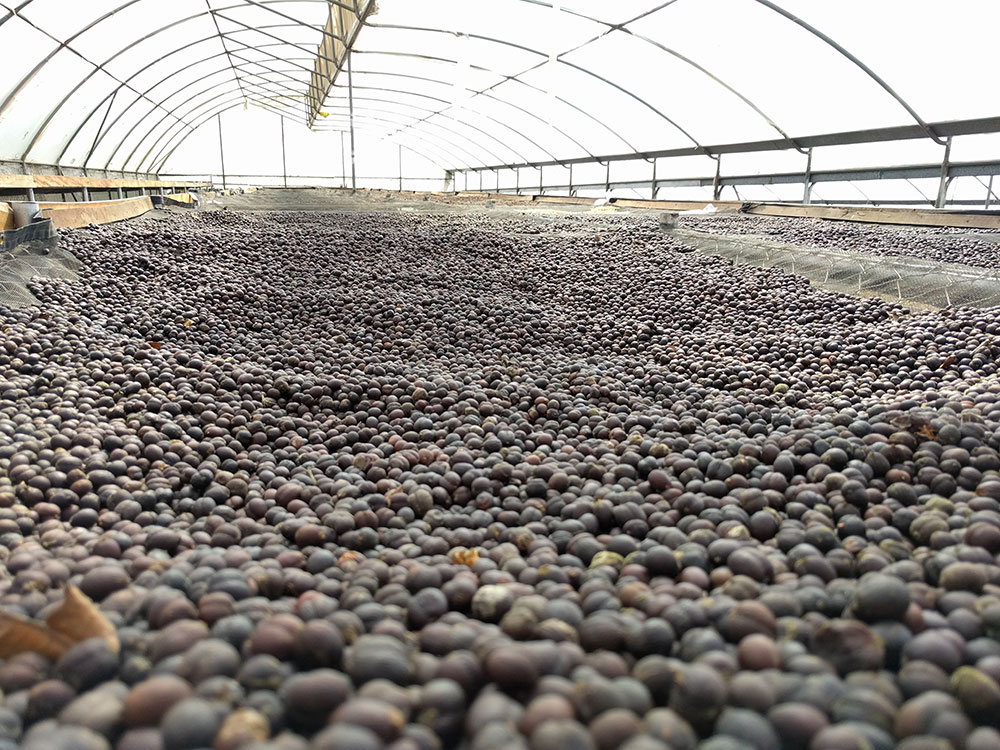
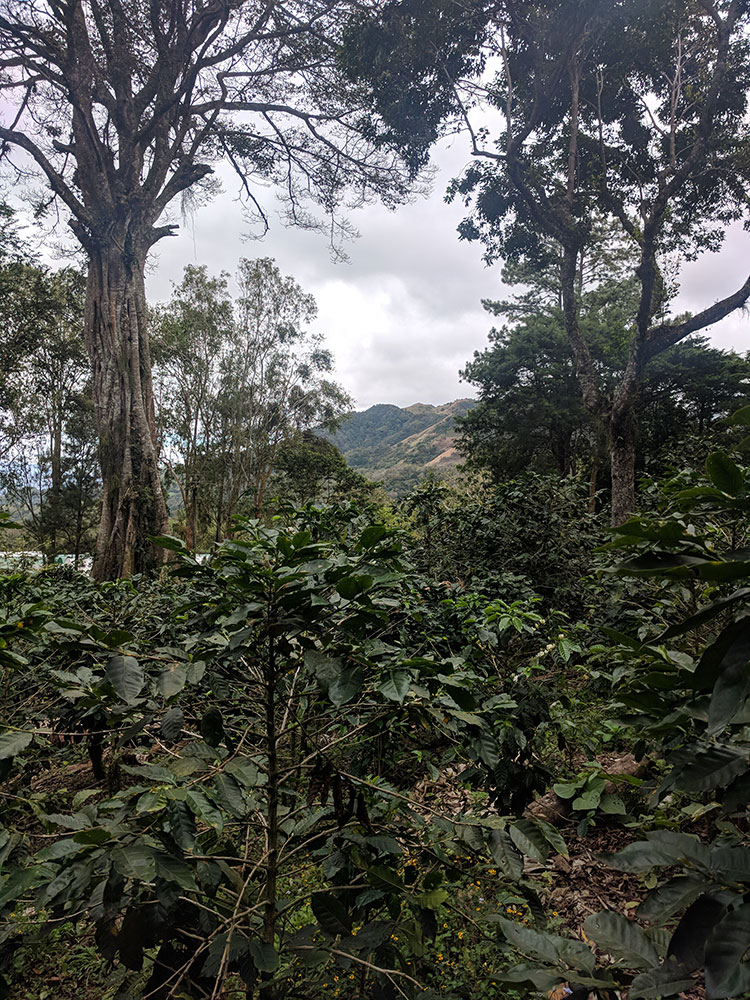
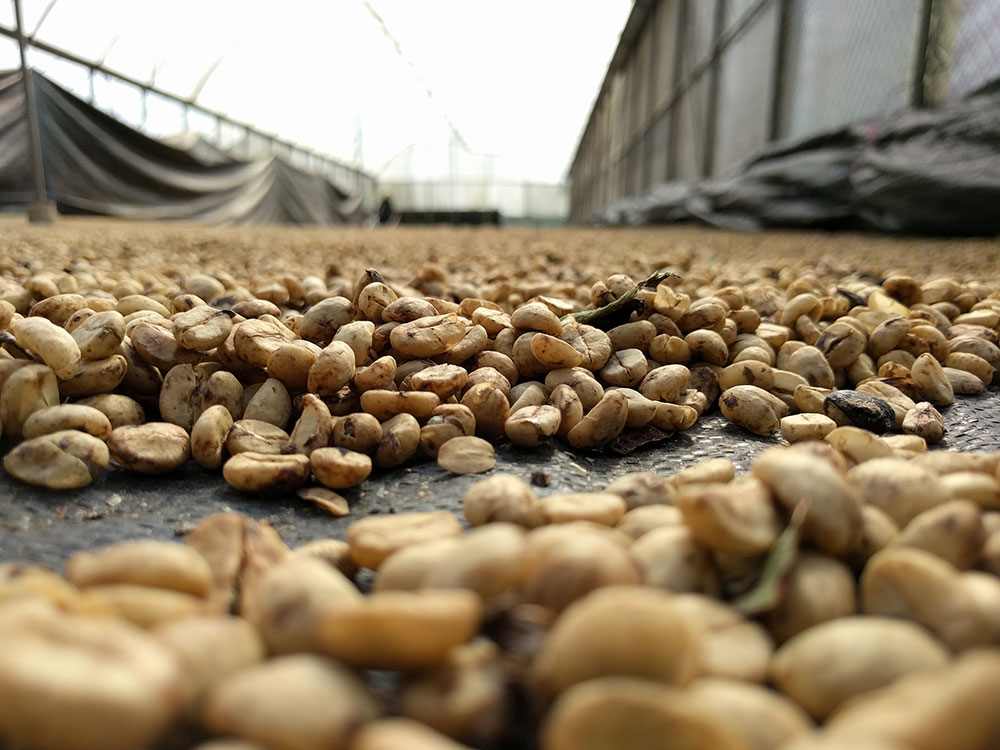
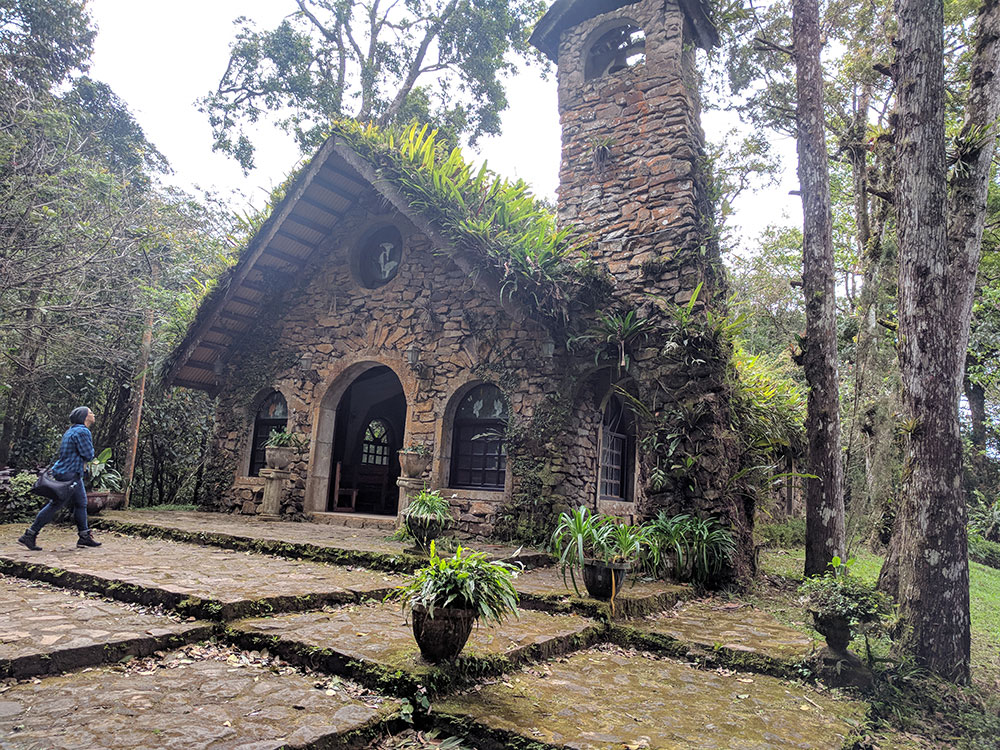
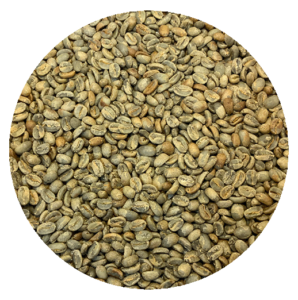
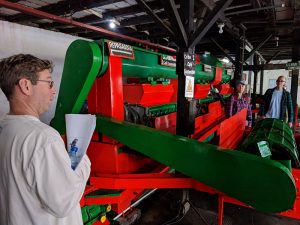
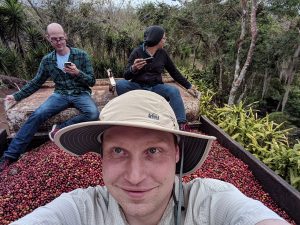
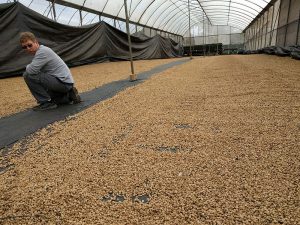
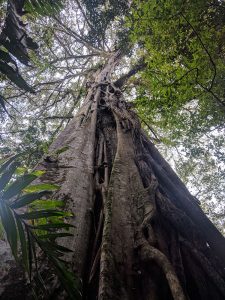
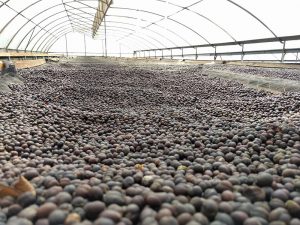
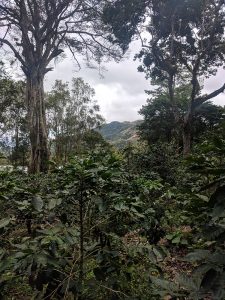
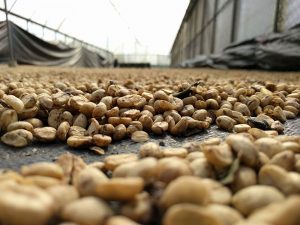
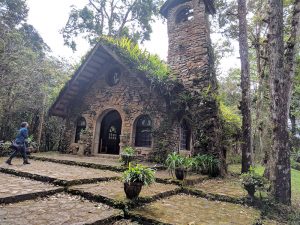
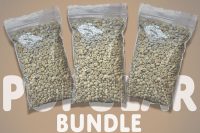
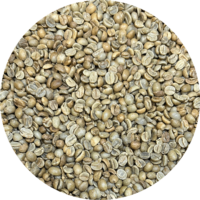
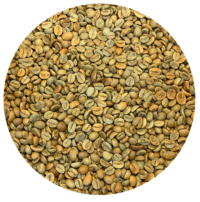
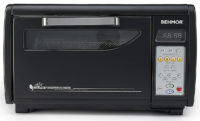

Reviews
There are no reviews yet.